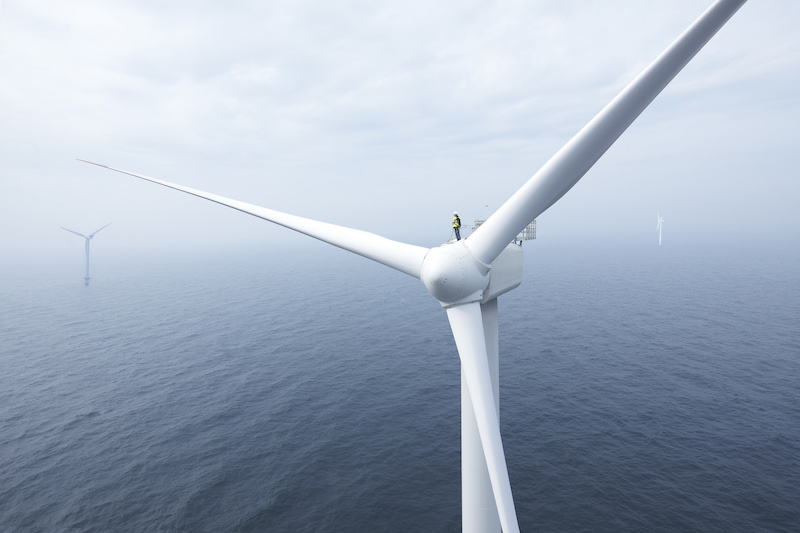There’s good news and bad news for the workboat industry in the federal government’s annual energy outlook that was released last week.
Those involved or seeking to be active in the offshore wind industry would be pleased with the prediction that renewable power — especially solar and wind — will be the fastest-growing source of electricity in the U.S., doubling its share of power generation to 38% by 2050, according to the U.S. Energy Information Administration’s Annual Energy Outlook. (The EIA is the data branch of the Energy Department.)
This prediction is a notable shift from EIA’s report in 2019, which put natural gas on top.
While renewables will capture 38% of the U.S. power grid over the next three decades, natural gas will fall from 39% to 36%, coal from 24% to 13% and nuclear from 19% to 12%. Despite having a smaller portion of power generation, the report says that natural gas production will increase through 2050, hitting 45 trillion cu. ft. that year, with most destined for export.
EIA officials noted last Wednesday that renewables (solar, onshore and offshore wind and hydroelectric) have been helped by supportive federal and state policies, and a continued decline in costs as these technologies become cheaper and investors gain confidence as reflected in lower financing costs.
The predictions for wind build on a report released in November by Princeton University that concluded that the world is getting windier due to changes in the oceans and atmosphere. Researchers said wind energy potential increased 17% between 2010 and 2017, and this trend could boost by 40% the amount of wind power generated between 2010 and 2024.
Another prediction released on Jan. 14 by EIA also gives a boost to wind and solar. It forecasts that power from these technologies is expected to grow 15% in 2020 — the fastest rate in four years. EIA’s Short-term Energy Outlook expects a 32% increase of new wind capacity (about 30 gigawatts) to be installed by the end of this year.
Both short-term and long-term outlooks are also bullish on natural gas, petroleum and crude oil, projecting strong “historically high” levels of domestic production through at least 2025, with most of it going to export. EIA estimates that offshore production could hit a record-high 2.4 million b/d by 2026, mostly due to deepwater discoveries of oil and natural gas in the Gulf of Mexico before 2015 that are being developed as oil prices rise. Offshore production will continue to increase through 2035, the EIA said, before generally declining through 2050. These predictions should make tank barge and OSV operators happy.
However, black clouds persist on the horizon for the coal industry and consequently for barge operators that haul domestically mined coal. The short-term report says the share of electricity generation from coal will drop from 24% in 2019 to 21% in 2020. EIA’s long-term forecast says coal will provide only 13% of U.S. power by 2050 as power plants continue to close. After the declines, coal power generation will stabilize and stay flat into 2045 as economically viable plants stay in service.
This is all pretty important data that should help the workboat industry navigate their plans for the future.




